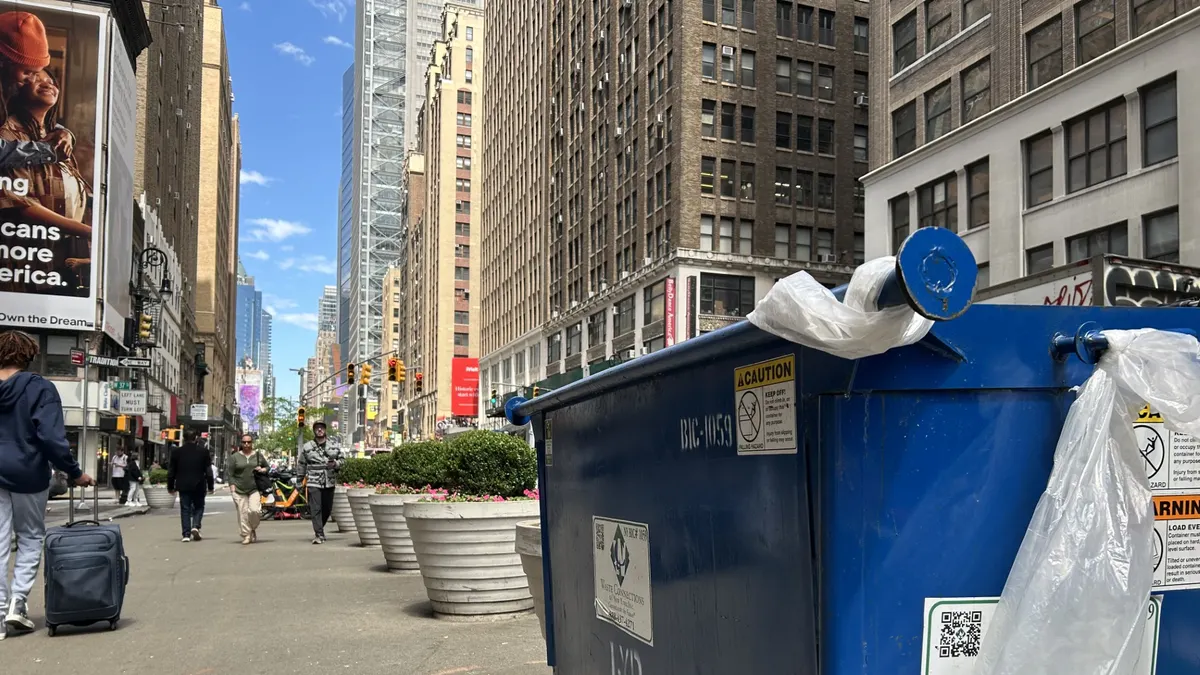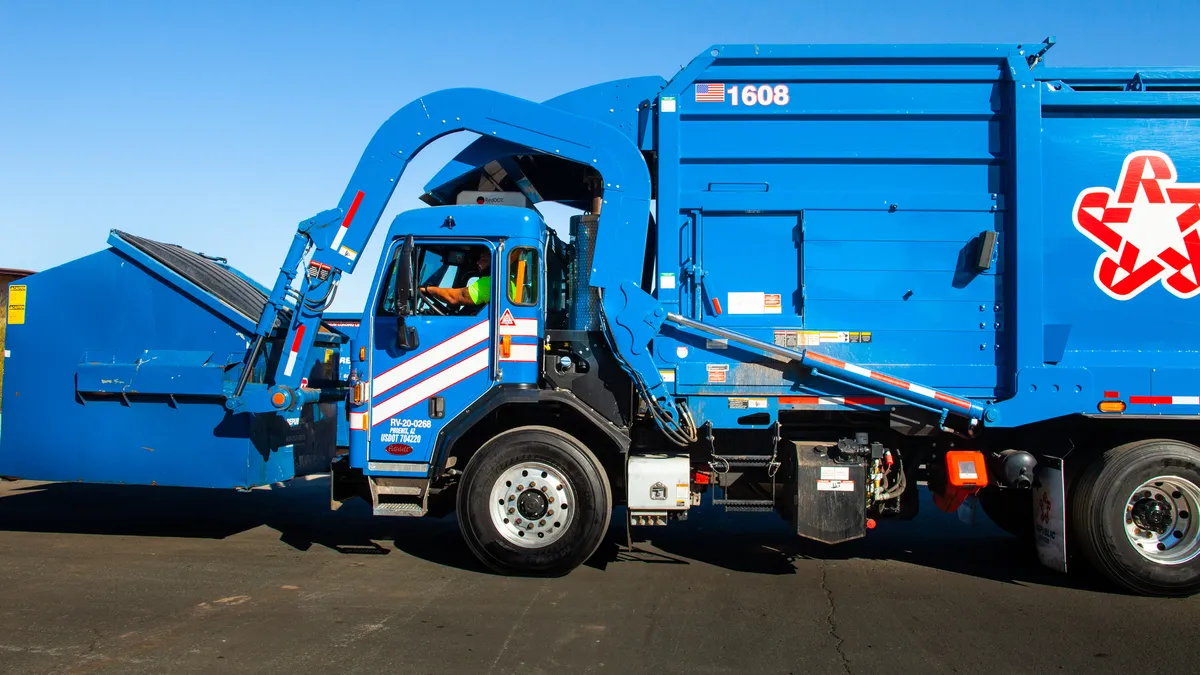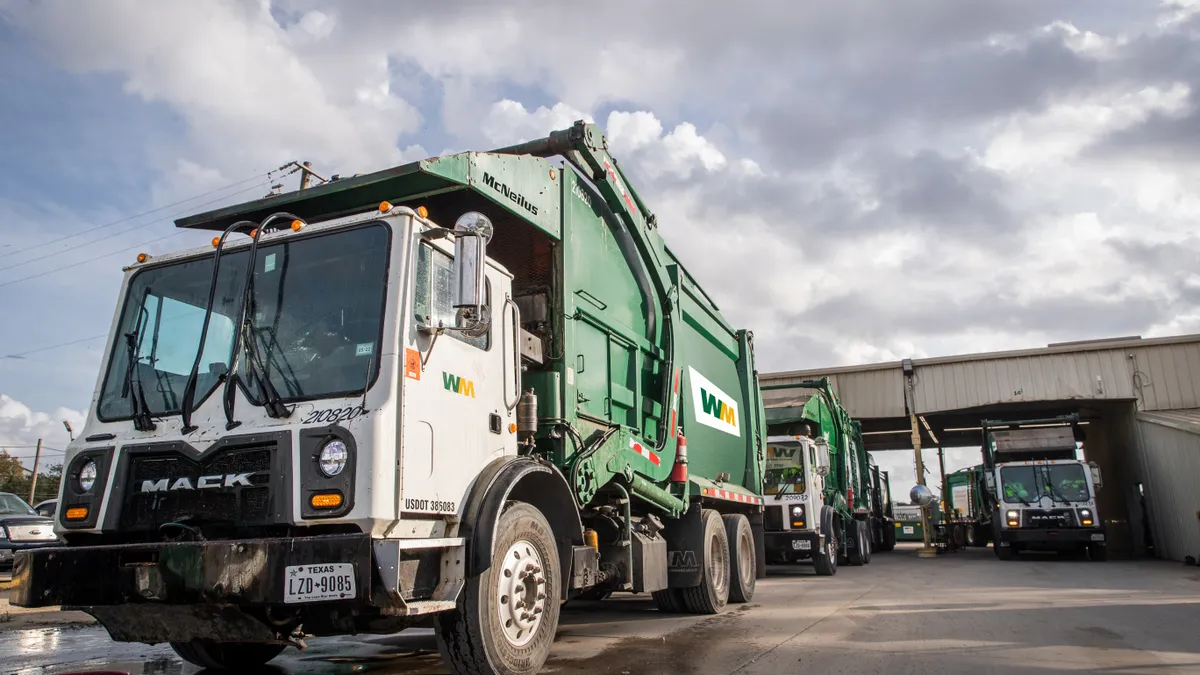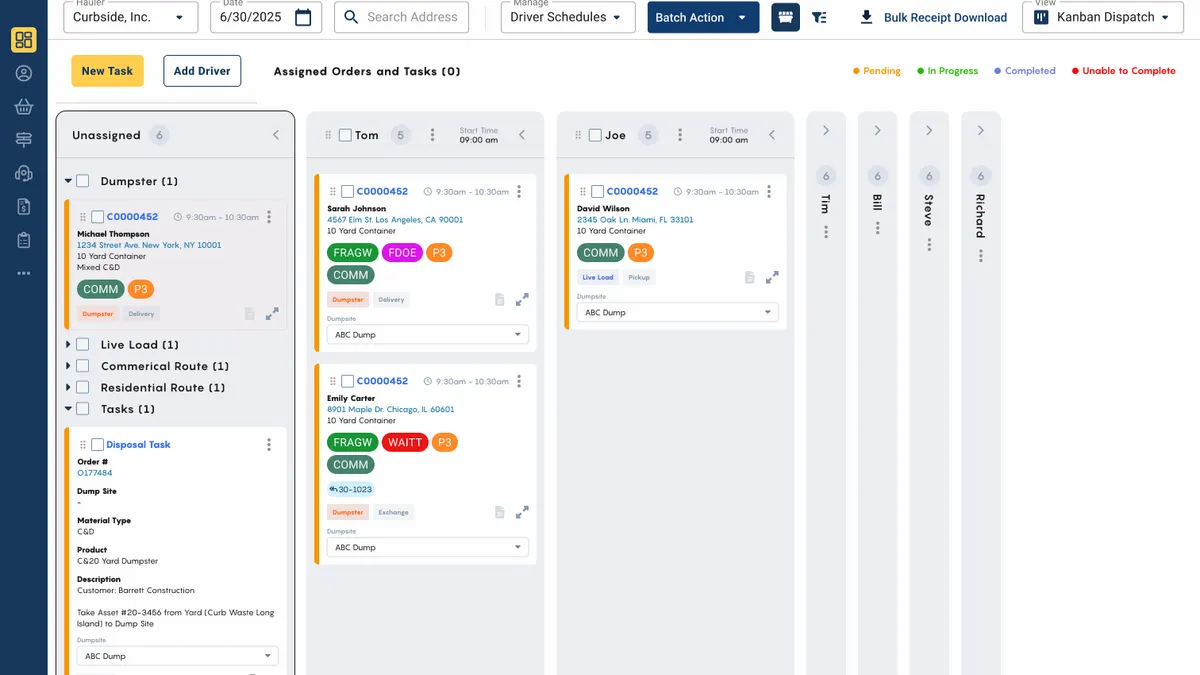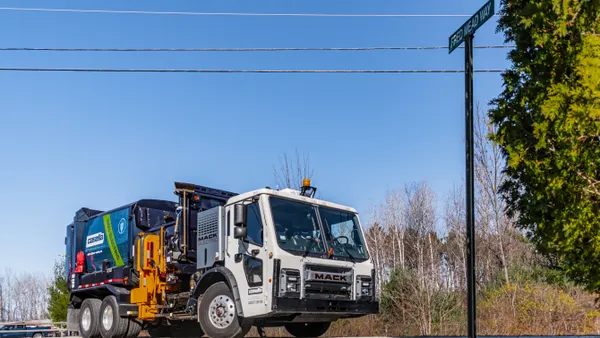While injury rates for collection workers were down in the latest annual data from the Bureau of Labor Statistics, the job is still a dangerous one. Incidents on the road are still too common — but having more data on what caused them can help drivers and supervisors figure how to avoid them in the future.
Fleet technology company Lytx collected data from 13,647 "near-collisions" incidents between Aug. 2016 and Oct. 2017 that show patterns around moments where collections drivers had to take action to avoid a collision.
The three charts below highlight some of the takeaways from the Lytx data.
1. Waste collectors not at fault
Waste collection drivers were responsible for incidents in 43% of recorded near-misses, according to the data from Lytx. These incidents were classified as "avoidable" incidents.
"Unavoidable" incidents were ones in which other drivers were at fault, not the collection driver. The data serve as a reminder that collisions or other incidents may be more complicated than they initially seem, even though collection vehicles are often the largest ones involved.
While the fact that the majority of incidents were found to be outside of the drivers' control can be seen as a positive sign, the 57% of unavoidable near-collisions could also be a warning of sorts. It appears clear that further public education surrounding collection vehicles is necessary so drivers avoid making decisions that put collection workers at risk.
The "Slow Down to Get Around" initiative has shown some success in raising awareness around the issue, and some states have passed laws to protect collections workers.
However, the other 43% amounts to more than 5,800 incidents around the country, a number that some in the industry would say is too high especially, when factoring in incidents that weren't captured in this sample.
2. Higher speed, higher 'unavoidable' risk
At highway speeds (55 mph or faster) 82% of these incidents were considered unavoidable. That decreases to 70% for street speeds (25-54 mph). Though the ratio begins to shift at residential speeds of 11-24 mph, where 53% are unavoidable, and at the slowest speeds, only 38% of incidents are unavoidable.
Citywide limits of 25 mph are becoming more common and collection vehicles often work at low speeds in parking lots or near loading docks. Drivers have more potential distractions when they're making collections at these speeds and may be more prone to error as a result. As pedestrians, cyclists and other elements become more common in new neighborhoods at new times of night as cities grow, this will also become more relevant.
This points to the importance of continuous training and coaching on the various scenarios that drivers encounter in an industry with such a high injury rate.
3. Avoidable incidents
Avoidable incidents happen as a direct result of driver behavior. An estimated 18.4% of avoidable near collisions happened because drivers "failed to keep an out," 15.5% were from "intersection awareness" issues, 12.4% were from inadequate mirror use and 9.5% were from "other distractions." Only 2.2% of avoidable incidents were attributed to handheld cellphone use.
In-cab cameras could be a solution if drivers are at fault. Though privacy concerns have kept some municipalities from installing them the technology is becoming much more common in waste fleets. Services that only save video when an incident is detected could assuage privacy concerns and drivers have been known to appreciate cameras as an undisputed record of their culpability in any incidents.
A 2016 report showed that nearly a quarter of all safety spending was put toward technology, demonstrating that the growing interest. While some technologies, like artificial intelligence and enhanced cameras can improve safety, technology cannot be considered the silver bullet solution.
Local training that addresses safety concerns will become increasingly important as conditions between cities change and drivers are expected embrace a culture that puts their safety, and the safety of others, as the highest priority.





